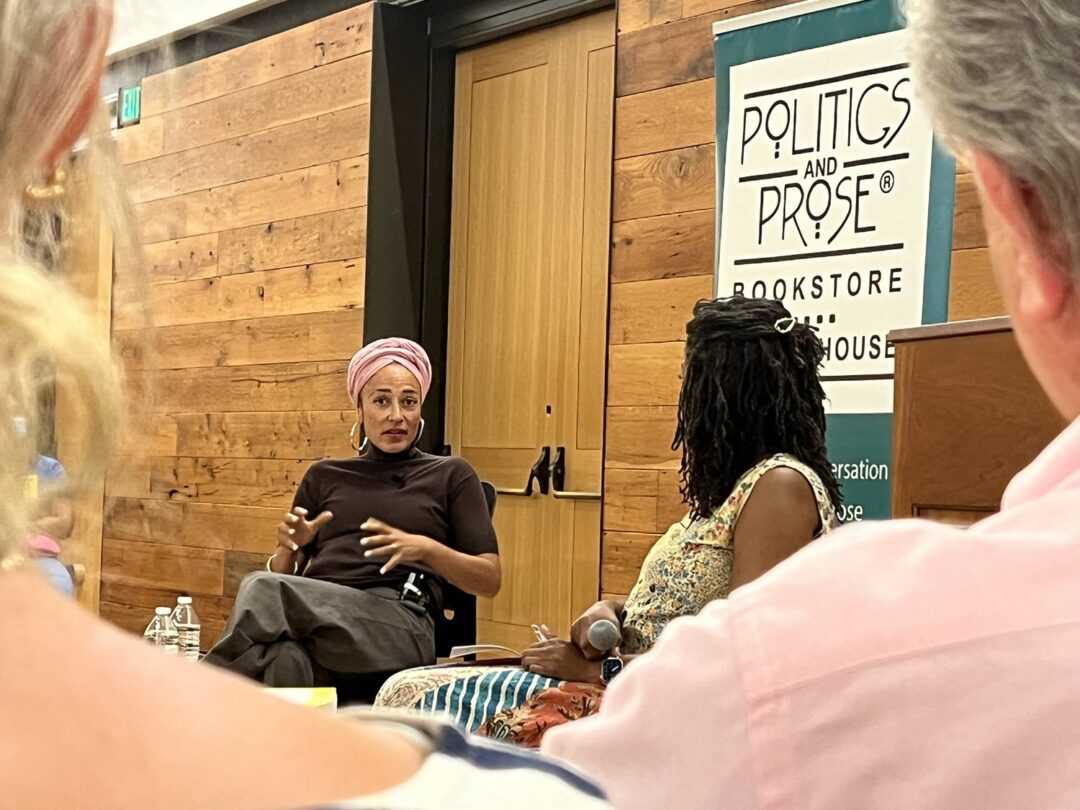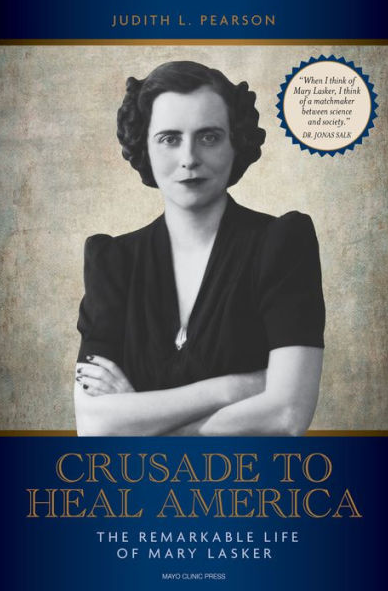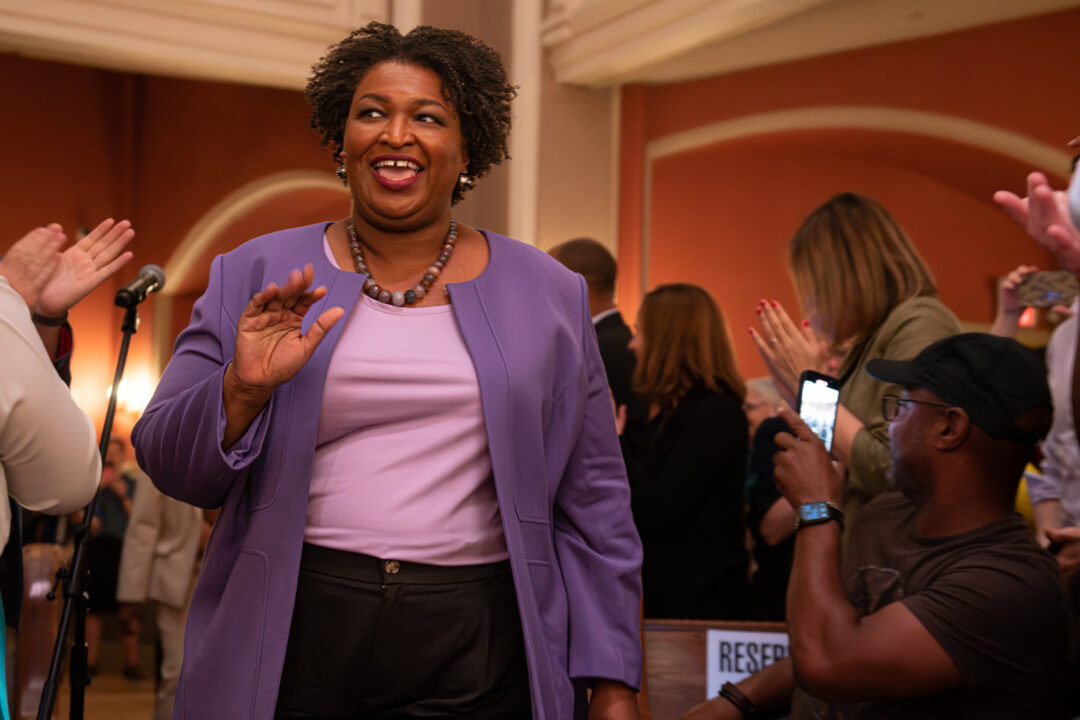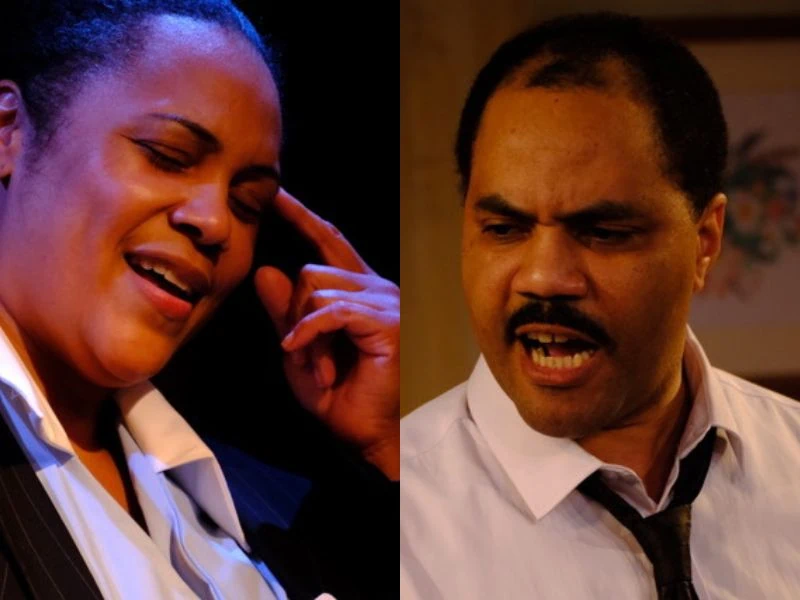by Samantha Neugebauer
This article was originally published in DCTRENDING, here.
D.C. readers gathered inside Sidwell Friends School’s oak-paneled meeting room, last month, to hear author Zadie Smith read from her latest novel, The Fraud. In his welcome address, Brad Graham, co-owner of Politics and Prose, joked that the crowd was a “well-behaved” group – neither an officious ringtone nor a whispery side conversation punctured the moments proceeding Smith’s entrance. But the audience’s attentiveness was unsurprising, given the acclaimed novelist and essayist’s unique position in today’s literary pantheon.
On the one hand, Smith continues to represent what’s ‘new’ in Anglosphere publishing, i.e., hers is the work of a biracial writer with working-class roots and a Cambridge education. On the other hand, Smith has staked herself in with the ‘old’ guard of novelists and readers who cling to the battered ideals of creative imagination and “interpersonal voyeurism,” best expressed in her 2019 The New York Review of Books essay “Fascinated to Presume: In Defense of Fiction.” Consequently, Smith has become somewhat of a role model for readers who are tired of being treated like children who cannot understand complexity. Fans nod their heads in affirmation when Smith insists (as she often does) that adults can hold multiple ideas simultaneously. At the same time, Smith lives within the Republic of Letters, she is not above questioning fiction’s raison d’etre. Altogether, her intelligent prose, personal/professional humility, restless curiosity, and measured communication style make her our most trustworthy literary stateswoman today.
Smith began that evening by reading three chapters from The Fraud, a historical novel set in Victorian England and Jamaica. Stylistically, The Fraud’s chapters are short in keeping with the serialized writing style of the Victorian era that Smith wanted to emulate. The book centers around the Tichborne case, a real, bizarre legal battle involving ‘the Claimant,’ a cockney-speaking butcher from Australia professing to be Sir Roger Tichborne, the would-be inheritor of a large fortune and title, and Andrew Bogel, a servant of the Tichbornes and formerly enslaved person from a Jamaican plantation, who supports the Claimant. The trail enthralled and divided English society in the 1860s and 1870s (think of how the O.J. trial gripped America in the 1990s). The enthralled includes Eliza Touchet, a well-read Scottish housekeeper and cousin-by-marriage of the novelist William Ainsworth, and Sarah, Ainsworth’s young, lower-class wife and Claimant supporter.
Eliza, though a real person, is the quintessential Smith protagonist. In Smith’s rendering, Eliza is thoughtful, observant, funny, and more curious than condemnatory of bad behavior: “As much as Eliza hated awful people, she also could never resist them.” This line recalls the narrator of Smith’s 2018 story “Now More than Ever,” who confesses, “I instinctively sympathize with the guilty. That’s my guilty secret.” While sympathy and fascination aren’t exactly synonyms, it’s hard to tell the two apart with Eliza. For instance, when attending a pro-Claimant event, Eliza is fascinated by Sarah’s reception amongst other supporters, who Eliza describes as “farmers and hod-carriers and men with faces black with soot…[and] women with no respectable for whom she knew names…also clerks and schoolteachers, dissenters of all stripes…” Amongst them, Eliza admits, “It was almost touching to see the new Mrs. Ainsworth is so despised, so welcomed in her conversation and opinions, and so much a fount of knowledge.” The scene, and others like it, hold obvious echoes of the many pieces written by liberal journalists entering a Trump rally or red-state diner to talk with his supporters. Subtly, readers are asked to examine where our own fascination and sympathy meet and end.
Yet, our Trump-esque Claimant is only one fraud among many. In her discussion with moderator Dolen Perkins-Valdez, Smith revealed the fraud of the title is, in fact, “the relationship between England and Jamaica.” Smith insisted that fraudulent people always exist: “That’s just how people behave.” She is most interested in the mass deceptions made by nation-states and by those who write history. She recalled how she was taught all about the American slave trade during her schooling in England but nothing about the English slave trade in Jamaica. In part, The Fraud was written “to rescue that history” and to find answers to the question, “How do enormous injustices end?” In her research for the novel, Smith discovered that by obscuring this history, a “double silence” or a “double loss” occurred; the first being, of course, the loss of the history of British slavery, and the second being the loss of the collective, cross-cultural opposition to it.
When Perkins-Valdez asked Smith about the difference between “British amnesia and American amnesia” regarding history, Smith claimed –and in doing so, seemed to ruffle some feathers in the room – that “American amnesia” was not nearly as bad as that of the British. The comment brought to mind a similar exchange between Smith and Keli Goff at the NYU Washington, DC Salon Series in 2016. Groff had asked Smith why “serious writing in America” was still perceived as predominantly white and male, and Smith responded by saying that “in America, she didn’t actually see it that way…on the book side (not within publishing housing), it is pretty diverse…while in England, it is a different matter. In England, Black writing is struggling still.” There are, Smith continues, Black, upper-class diaspora writers in England, but there aren’t many Black British working-class writers.
The Fraud is also a book about the fraudulence and indulgences of novelists. Charles Dickens, George Eliot, and William Thackeray, among others, make appearances. Also, Eliza (“a woman always partly phantasmagoric”) yearns to be a novelist. These ghosts of novelists-past provide some of the most humorous and hypocritical moments in the book: “I do not mean to dampen this jolly occasion, said Thackeray, immediately doing so…” They also provide criticisms that cut through their time into today: “What we foolishly call ‘the literary scene’ – a vulgar, ludicrous phrase to begin with – is really just ‘butter me and I’ll butter you,’ in the name of friendship’” (also Thackeray).
The literary scene, or rather how to enter it, came up during the evening’s Q&A as well. In a voice churning with hope and self-deprecation, a young writer mentioned that she was now older than Smith was when she’d published her first novel at 25, and essentially, what could she do about that? Could she still make it? Is there still time? Smith, for her part, seemed to know where the question was headed as soon as the woman started, and she answered by saying that she “hates to think she was a depressing fact in young people’s lives.” There are, she insisted, many examples of great writers who started publishing later. Toni Morrison and Tessa Hadley come to mind.
The Fraud, too, features novelists rising, falling, and getting started at different points in their lifetimes and posthumously. During the 1800s, for instance, William Ainsworth’s Jack Sheppard outsold Oliver Twist, but who (except Smith) has Jack Sheppard on their shelf today? Or any of Ainsworth’s other forty novels, all successful at their time? None of this is very reassuring, perhaps, for those who seek posterity. Present time itself might be the greatest fraud of all, The Fraud tells us. Some of us ask too much of it, and others not enough. We’re obsessed with the present, we’re dismayed by the present, and yet, we feel superior over the past’s people without really knowing them. By extending her signature compassion backward to some of the past’s people, Smith and The Fraud may very well live into the future and compel readers to think beyond this present moment, too.







